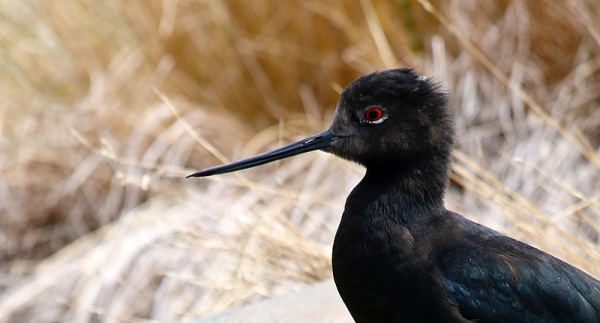A staggering 57% of threatened species need targeted recovery actions to ensure their survival, new research has shown.
The world’s governments are presently negotiating a Global Biodiversity Framework, containing goals and targets for saving nature, which is due to be adopted at the end of 2022. Conservation experts explored how the suggested targets in the Framework, could contribute to reducing extinction risk of threatened vertebrates, invertebrates and plants.
Their findings show that while targets to expand protected areas or reduce pollution will benefit many species, 57% would still need targeted recovery actions. These actions include captive breeding in zoos, reintroduction into the wild, moving individuals between locations, vaccination against disease, and other species-specific interventions.
Led by Newcastle University, the study was published in the journal Frontiers in Ecology and the Environment. The project brought together leading ecology and conservation experts, including scientists from the International Union for Conservation of Nature (IUCN), BirdLife International and a global network of universities.
Read more at Newcastle University
Photo Credit: SGalla32 via Wikimedia Commons


